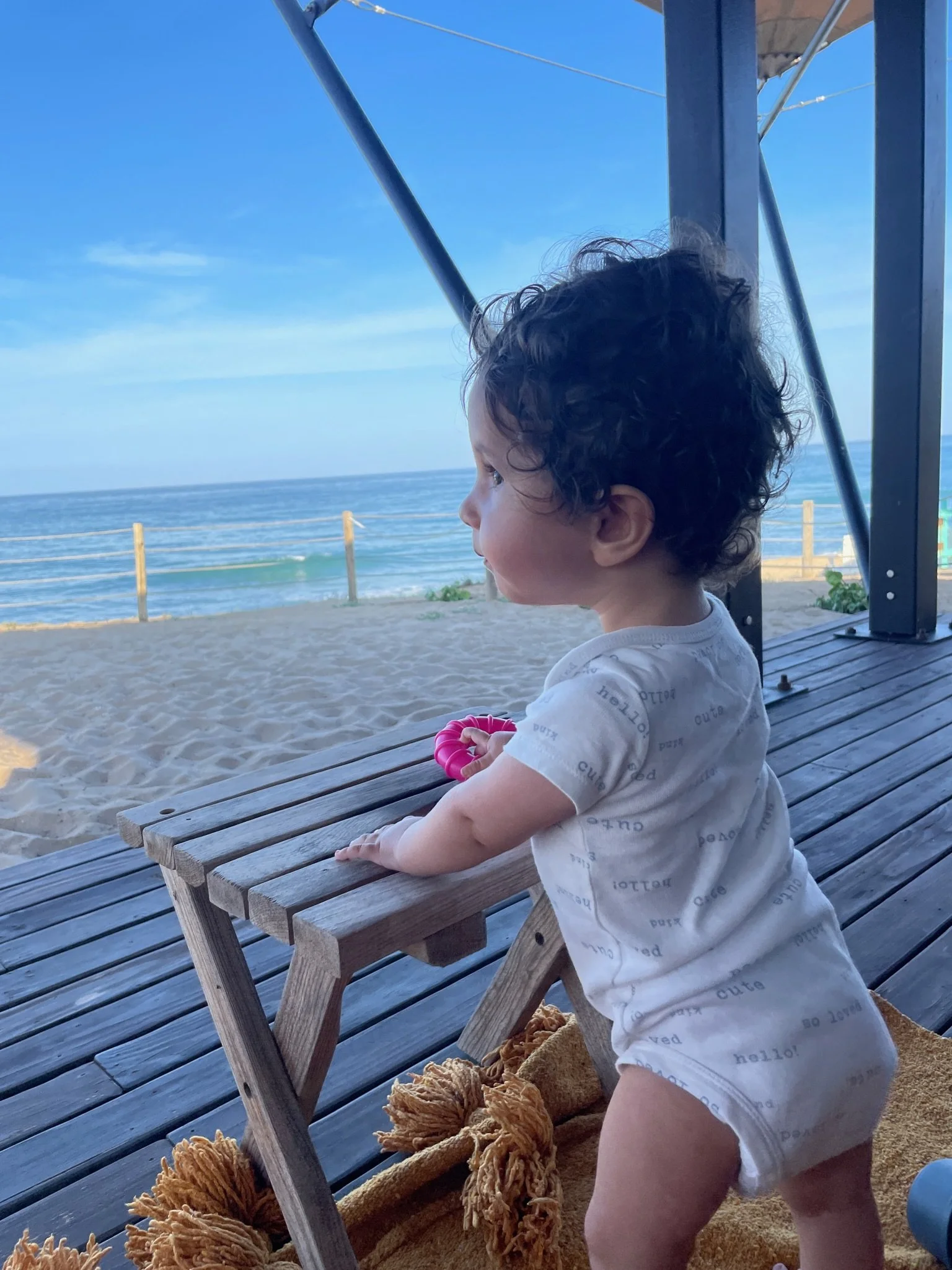Driving Force To Push For A Treatment
Our son, Max, was diagnosed with SELENON/SEPN1 Myopathy when he was 6 months old. As first time parents, we were entering an entirely new world, but we sensed early on that something was off. Max was unable to lift his head, had hypotonia and wasn’t hitting the typical milestones. We began working with a physical therapist and took him to see a neurologist. The neurologist thought he was exhibiting signs of torticollis, but decided to order a neuromuscular genetic panel to rule out all other conditions. Two weeks later we got the results and were devastated to discover that Max had this extremely rare disease. It was heartbreaking to learn that he would not outgrow these weaknesses and that navigating his care would be a lifelong challenge full of countless unknowns. Neither side of our families has had any known genetic disorders and it was a shock to learn that both my husband and I were recessive carriers of this ultra-rare genetic mutation.
Our family immediately began researching everything we could possibly find about SELENON and met with specialists, scientists, and other families dealing with Congenital Muscle Dystrophy (CMD). It has become increasingly clear that the scientific tools and methodologies exist for discovering highly effective treatments that could significantly improve the lives of all impacted by this disease, however this work needs to be driven by parents, families, and loved ones. We quickly learned that pharmaceutical companies would not profit from investing in ultra-rare diseases.
We are currently working toward collaborating with a biotech company in hopes of initiating a large-scale drug repurposing screening that would target any pre-existing drugs that may effectively deflect the symptoms of SELENON, as well as raising funds to support, and expedite, gene therapy research. We are incredibly hopeful that with all of our efforts, fundraising, and support from our community we will be able to find a treatment for SELENON and potentially other related myopathies.
— Sam and Madeline
